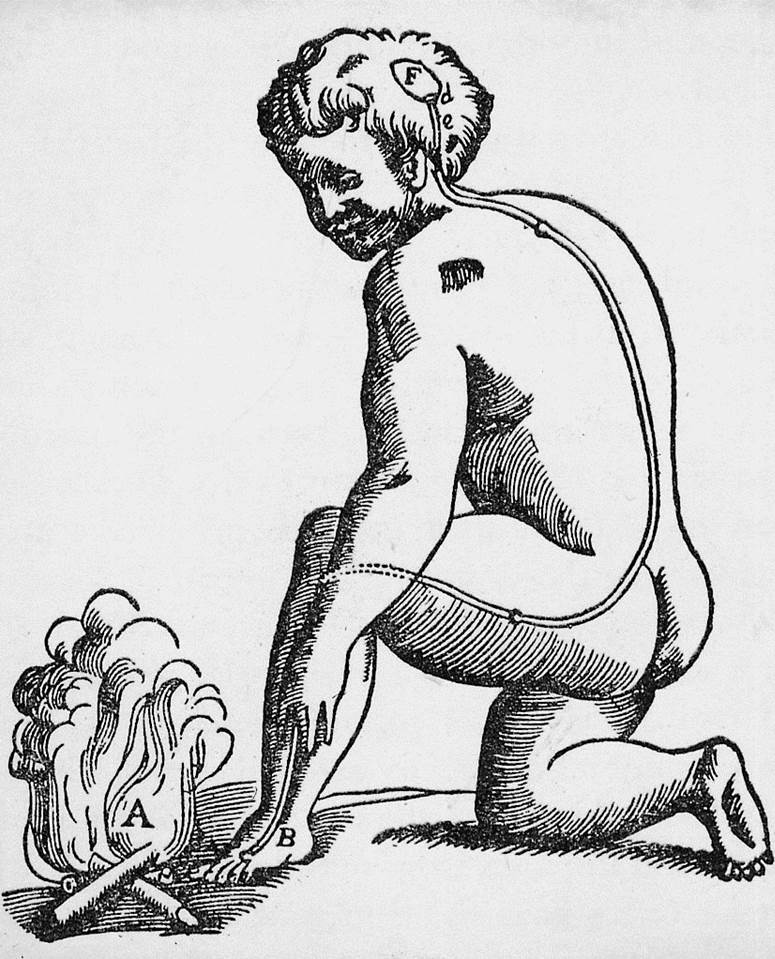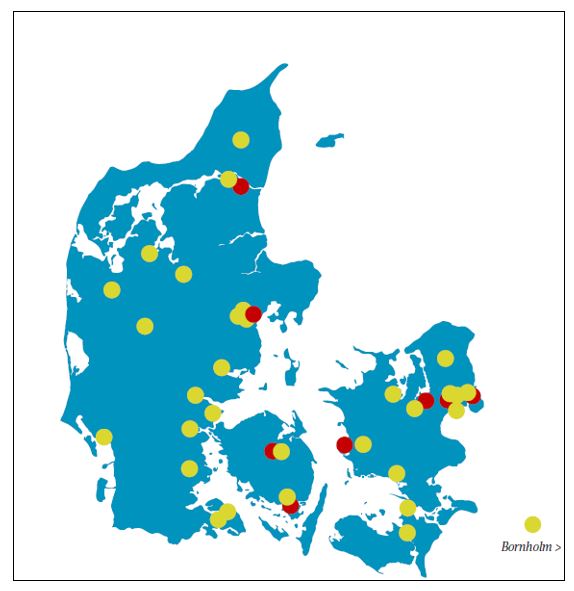The Editors have – together with the Scientific Committee – decided that new guideline papers will be presented in the Forum of NEUROPENEWS. In the October 2012 issue of the European Journal of Neurology the new guideline paper on the use of PCR technology for the diagnosis of infections of the nervous system on behalf of the EFNS Scientist Panel on Infectious diseases is published, and we highlight this important article by offering you the abstract. We also asked the first author, Professor Steiner, for a short statement.
This article is also available for CME on the EFNS website for registered users.
Abstract:
Background: Polymerase chain reaction (PCR) as a means to amplify nucleic acids has become an essential element in diagnosis of infections. It has evolved into a simple and rapid, easy- to- use approach. At present there are no published guidelines for the usage of PCR technology for the diagnosis of infections of the nervous system.
Methods: We reviewed the advantages and pitfalls of PCR in order to guide neurologists and infectious diseases experts in its application for the diagnosis of infections of the nervous system. Medical reference systems were searched, and original papers, meta-analyses, review papers, book chapters and guidelines recommendations were reviewed. The final literature search was performed in May 2012. Recommendations were reached by consensus.
Recommendations: The reliability of PCR technology for the diagnosis of neurological infections is currently based on the pathogens. The main contribution of PCR is to the diagnosis of viral infections followed by bacterial CNS infections with the notable exception of tuberculous meningitis. Efficacy for the diagnosis of protozoal infections and helminthic infestations has also been established in many instances. Unfortunately, current molecular PCR technology is far from becoming routine in resource-poor countries where such infections are prevalent. Despite the importance of fungal infections in the context of the immune-compromised host, there is not enough data to recommend the routine use of PCR.
Conclusions: PCR technology is currently a reliable method for the diagnosis of viral and bacterial (except tuberculosis) infections, and only for some protozoal infections and helminthic infestations.
I. Steiner, E. Schmutzhard, J. Sellner, A. Chaudhuri, P.G.E. Kennedy
European Journal of Neurology, Vol. 19, Issue 10, pages 1278-1291, October 2012
 Introduction by Israel Steiner:
Introduction by Israel Steiner:
Polymerase chain reaction (PCR) as a means to amplify nucleic acids has become an essential element in diagnosis of infections, nervous system infections included. We have summarized the current knowledge on the usage and reliability of this technology for the diagnosis of such infections. The guidelines cover the entire spectrum of possible infections and are, to our knowledge, the first to summarize the state of the art of the usefulness of the PCR technology for the diagnosis of infections of the nervous system. The review covers viral, bacterial, protozoal, helminthic and fungal infections. We conclude that PCR technology is currently a reliable method for the diagnosis of viral and bacterial (except tuberculosis) infections. The situation is more complicated when protozoal infections and helminthic infestations are concerned since they take place in countries where this technology is not available. Last, there is lack of information regarding fungal infections, which are an important cause of disease in immune compromised hosts.
Israel Steiner is Professor of Neurology at the 1st Department of Neurology at the Rabin Medical Center – Hasharon Hospital, Israel and Chair of the EFNS Scientist Panel on Infectious diseases and of the Task Force, which developed the above guideline paper.






